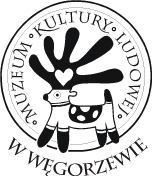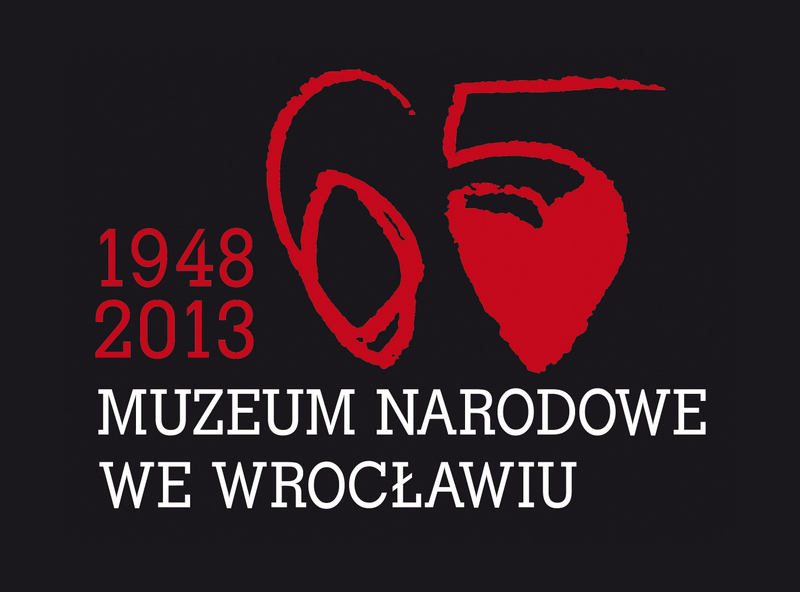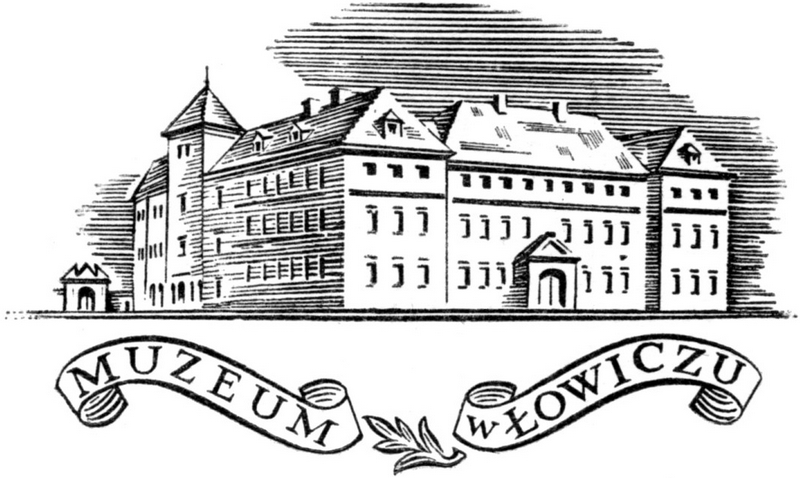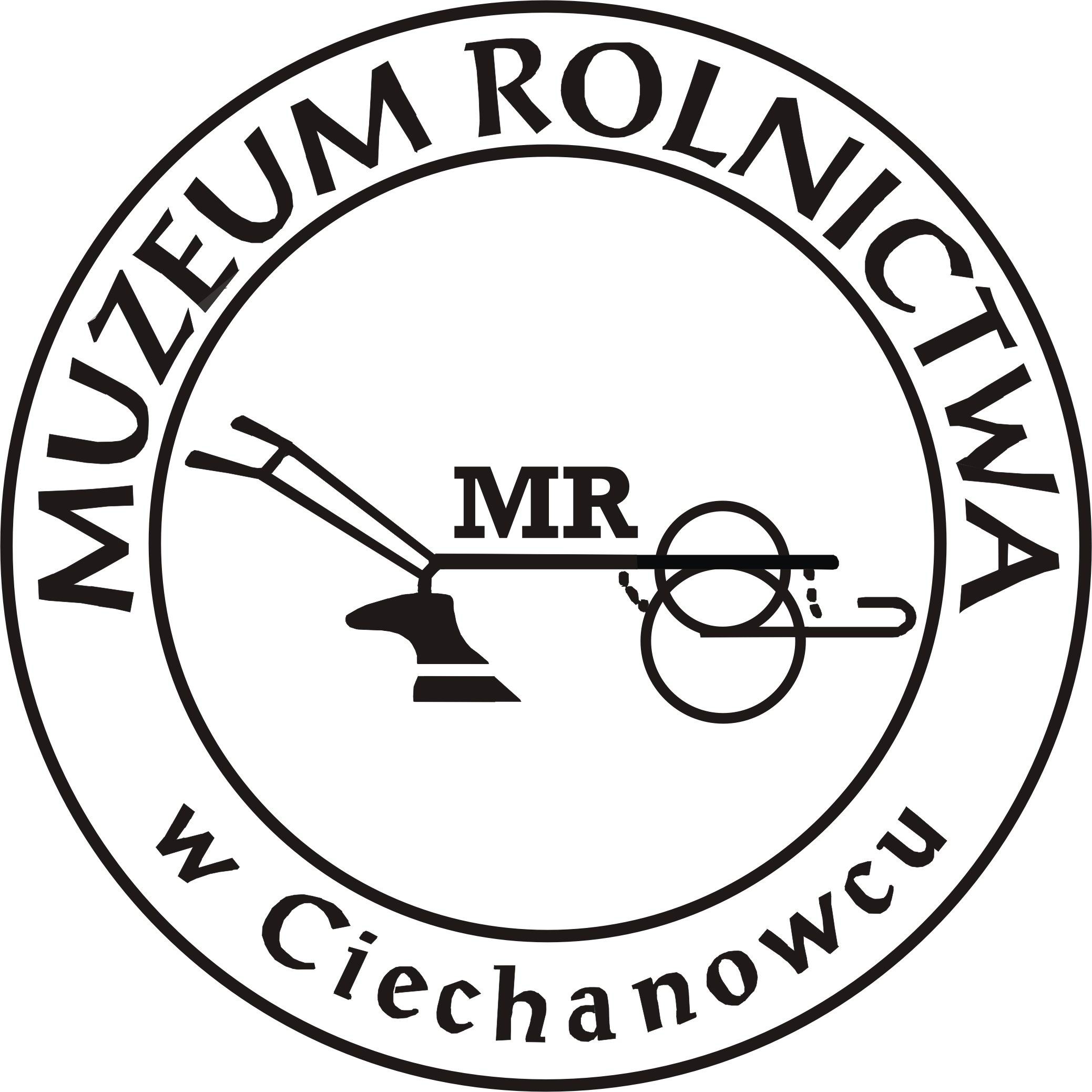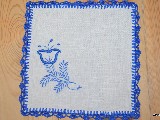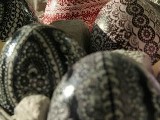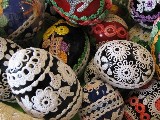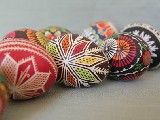Pobierz MP3
Festiwal Czango czytaj- sd
- Piosenka dziecięca Sikoreczka pstra
Konkurs na pamiątkę czytaj - Kolęda Hej w dzien narodzenia
Kolędy Podkarpacia czytaj - Kujawiak od Bachorzy
Od Kujaw po Bałtyk czytaj
Partnerzy
Kontakt
2010-02-02 Kroszonki from Opole
Every year, the Opole Open-Air Museum of Rural Architecture organizes a competition for the most beautiful Easter egg. From the 28th March it will be possible to see the post-competition exhibition consisting of the best works.
According to Paweł Iłecki’s book, the most antique Easter eggs come from archeological excavations at Asharah and they date back to 5000 years ago. In Sumerian Mesopotamia, the Easter eggs were made of ostrich eggs, on the other hand in Egypt scarabs among scrolls of parchments for prayers used to be painted on them, in Sudan Koran quotations were written, whilst in China the eggs were decorated with miniatures of cherry blossom, chrysanthemums and birds.
The very first findings of Easter eggs on Polish territory date back to X century, but they were known on the Slavic territory much earlier. Initially, all nations had identical Easter eggs. However, the creativity of the folk art was powerful enough to create thousands of diverse motifs and ornaments and depending on them each individual type of egg was given a different name.
In Ukraine have been preserved Easter eggs with old Slavic culture elements, such as the goddess Mokosz, goddess Żywia or goddess Biereginia. Within the circle of Slavic cultures there was a technique of dividing the surface of the egg into a range of symmetrical parts (similar to a symmetry of fields) and next rhythmically developing these lines by adding ornaments and diagonals.
There are a few basic elements: simple line, wavy or broken line or a spiral. The Czech or German Easter eggs in comparison with those originating from the Eastern regions do not possess this characteristic immediacy and simplicity of style.
The meticulous execution of Easter eggs is due to the mastery of skills and technical abilities. Those manufactured by Lusatian Sorbs possess an extremely characteristic ornament, which is a result of a pattern of short, broken, lines that thicken at the end and come in the shape of circles and fans.
Bulgarian Ester eggs – not as inventive in their overall conception – more than other eggs, emphasize the characteristic red background, the Hutsul eggs stand out with their minute pattern reminiscent of embroidery, whilst Moravian eggs are characteristic for the human figure composed from a few lines.
On Polish lands there are two most popular methods of ornamentation: batiking and scraping. The first one is most frequently used in central and eastern Poland and consists of covering the egg’s shell with molten wax to form patterns, then removing the wax and dipping the egg in dyeing solutions. In effect an intended motif is painted on the shell. The most frequent used ornament is geometrical or vegetable with typical shapes such as apples, bells, pines and hearts. It is less often that one can find them ornamented with animals such as birds, horses, fish and sometimes chicken’s legs or cocks. Unique in their depiction of narrative scenes are Easter eggs from in the Tomaszów Lubelski region.
The techniques of scraping, very popular thanks to Polish „kroszonki”, consist in scratching out patterns, most frequently involving flowers, with a sharp instrument in a uniformly dyed egg. Traditionally, the background is dyed black, brown, less frequently green or violet. It should be remarked that designs from Easter eggs from the Opolskie region have been successfully adopted for pottery. A backward method has been applied – that, which is scratched into the surface of pottery turns into flowers charged with vivid colours.
In central Poland one can also frequently find newer techniques, consisting in covering shells with shapes of spears or bulrush or sticking colour paper all over the surface of a blown egg so that they form birds or pots.
Artyku�y polecane
- Kujawskie zapusty
dodano: 2014-03-07 | ( komentarzy: 0 ) - Ścinanie Śmierci
dodano: 2012-02-23 | ( komentarzy: 0 ) - Tłusty czwartek
dodano: 2012-02-15 | ( komentarzy: 0 ) - Ceramika bolimowska
dodano: 2015-07-23 | ( komentarzy: 0 ) - Grupy zapustne
dodano: 2015-02-01 | ( komentarzy: 0 )
Najcz�ciej czytane
- Kwiaty z bibuły
dodano: 2013-01-07 | ( komentarzy: 0 ) - Kwiaty z bibuły
dodano: 2011-05-18 | ( komentarzy: 0 ) - Przepis na krochmal
dodano: 2010-01-10 | ( komentarzy: 3 ) - Jak zrobić beczkę
dodano: 2012-09-17 | ( komentarzy: 0 ) - Wieniec dożynkowy
dodano: 2012-07-29 | ( komentarzy: 0 )





